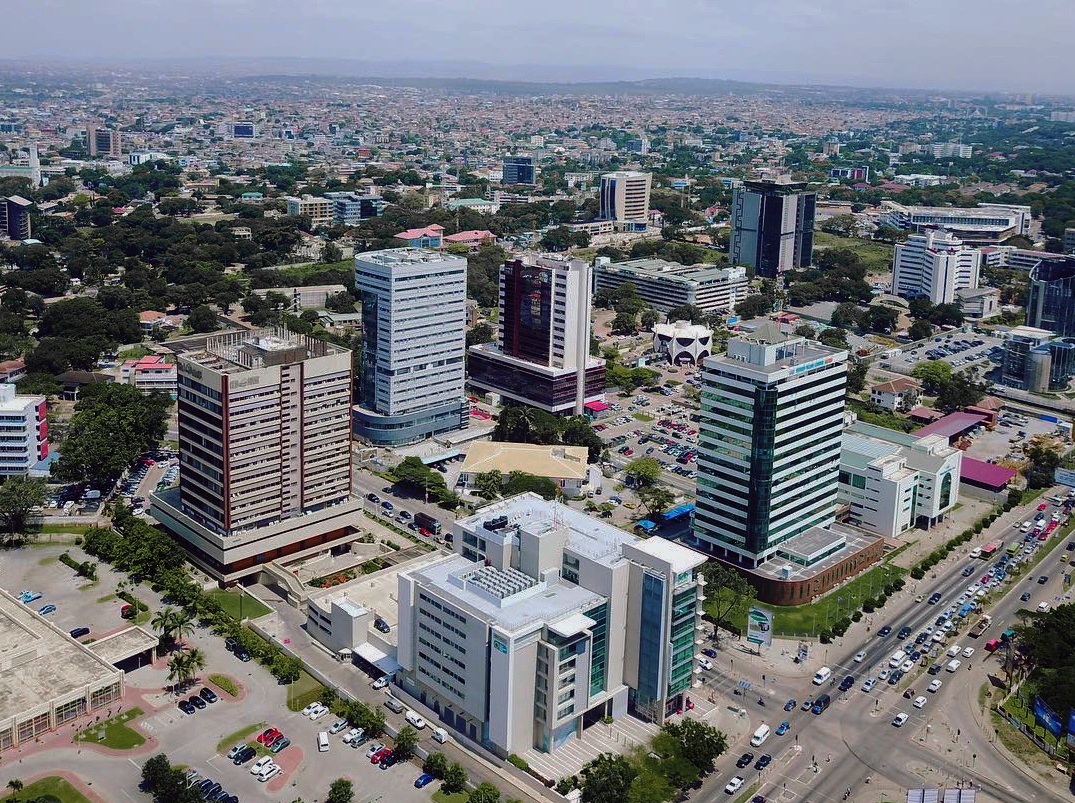
Ghana's Golden Renaissance - Black Volta Mine Signals New Era in West African Mining
Ghana's Golden Renaissance: Black Volta Mine Signals New Era in West African Mining
Azumah Stakes Bold Claim as Gold Soars Past $3,300
ACCRA, Ghana — Under the scorching West African sun, earth-moving equipment roars to life at the Black Volta Gold Mine site, where Azumah Resources Ghana Limited has officially broken ground on what analysts call "Ghana's most promising gold development in a decade." The fully Ghanaian-led operation marks not just another mine opening, but potentially the beginning of a transformative chapter in the country's mining narrative.
Nestled in Ghana's Upper West Region, the project emerges as gold prices hover at unprecedented heights above $3,300 per ounce—nearly double the $1,650 baseline used in the project's 2021 feasibility study. This dramatic price surge has catapulted the mine's projected returns from a respectable 31% to an eye-watering 75% internal rate of return, according to financial models reviewed for this report.
"The timing couldn't be more fortuitous," remarked a senior mining analyst. "Azumah has essentially won the lottery—developing a mine when gold prices have reached historic peaks."

Breaking the Decade-Long Development Drought
Black Volta joins a remarkable resurgence in Ghana's mining sector. After a barren decade with no major greenfield developments since Newmont's Akyem mine in 2013, the country is witnessing a flurry of new projects. Cardinal Namdini, commissioned in November 2024, now targets approximately 358,000 ounces annually. North Ahafo and Ahafo North, slated for completion in mid-2025 and 2026 respectively, promise to add another 600,000 ounces to annual production.
The renaissance extends beyond gold. Atlantic Lithium's Ewoyaa project represents Ghana's first foray into electrolytic lithium, diversifying the mining sector toward battery-metal supply chains critical to the global energy transition.
Prof. Prince Ofori Amponsah, Azumah's Country Lead, expressed measured optimism during the groundbreaking ceremony. The project's transition from exploration to construction phase represents years of persistence through challenging regulatory environments and financing hurdles.
Gold Price Surge Meets Local Empowerment
Multiple forces have converged to make Ghana's mining renaissance possible. Gold has breached $3,200 per ounce amid global economic uncertainties, driving Ghana's production up 8.5% to 4.9 million ounces in 2024. Meanwhile, the country's 2020 Local Content Regulations and Gold Board initiatives have aimed to channel more revenue into domestic refineries.
Ghana's need for economic diversification beyond cocoa and oil has intensified as the country faces currency volatility. The mineral wealth strategy, leveraging state-backed refineries and gold purchase programs, represents a deliberate pivot.
The Wednesday close of SPDR Gold Shares ETF at $307.14, down $2.09 but still near historic highs, underscores the macroeconomic environment fueling Ghana's gold boom.
The Contractor Controversy
Not all developments have progressed smoothly. Project Director Rob Ciccini highlighted the termination of an agreement with Engineers & Planners, whose delays and legal disputes had previously stalled progress. The resulting arbitration proceedings at the International Chamber of Commerce cast a shadow over what would otherwise be an unalloyed success story.
"The removal of E&P for failing to meet civil works obligations exposes systemic weaknesses in contractor vetting," commented an infrastructure development expert familiar with the project. "It raises legitimate questions about procurement oversight in Ghana's ambitious mining expansion."
Jobs and Development vs. Environmental Concerns
The mine promises to generate over 1,000 construction jobs and hundreds of permanent positions. Local communities stand to benefit from employment and business opportunities in logistics, catering, and other sectors.
However, environmental groups point to risks of water contamination and land degradation that echo the troubled legacy of illegal "galamsey" mining that has plagued other regions. The Upper West location, while economically marginal, presents both opportunities and challenges for sustainable development.
Financial Firepower Meets Regulatory Headwinds
Black Volta's financial fundamentals appear remarkably strong. With initial capital expenditure of $147 million (though inflation-adjusted estimates now place this closer to $175 million), the project boasts proven and probable reserves of 1.37 million ounces at 1.8 grams per ton. Its all-in sustaining costs of approximately $975 per ounce compare favorably to regional peers.
At current gold prices, Black Volta's post-tax net present value soars to approximately $1.2 billion—a staggering increase from the $368 million calculated in 2021.
Yet Ghana's evolving regulatory landscape creates uncertainty. The GoldBod foreign-exit order bans foreigners from domestic gold trading after April 30, 2025. While large-scale miners can still export, they face tighter audit requirements. A new 3% gross-output levy compounds the existing 5% royalty and 35% corporate income tax.
Investment Landscape: High Risk, Higher Reward?
Azumah's 100% private ownership by Ibaera Capital after delisting in 2020 means the Black Volta project is equity-financed by existing shareholders. This structure offers full upside potential but lacks the discipline imposed by project lenders.
Among 2025 gold development projects, Black Volta's capital intensity (less than $900 per ounce of annual output) leads the pack. Namdini and Ahafo North require significantly higher investment per ounce of production.
Forward-Looking Investment Perspective
Market analysts suggest three primary investment avenues for exposure to Ghana's gold renaissance, each with distinct risk-reward profiles:
Private equity secondary offerings could provide access to projects like Black Volta without direct exposure to construction risks. Royalty and streaming arrangements similarly offer participation in the gold price upside while limiting capital expenditure risks.
For investors seeking direct equity exposure, analysts recommend limiting allocations to 2-3% of portfolios, potentially hedged with positions in gold ETFs or dollar-denominated assets to mitigate macroeconomic volatility.
"At $3,300 gold, Black Volta represents a high-beta, catalyst-driven opportunity rather than a long-duration hold," notes a precious metals strategist. "The sweet spot is capturing the price leverage while minimizing exposure to potential execution delays or regulatory surprises."
Should development timelines slip beyond current projections, industry observers speculate that joint venture opportunities might emerge as private backers seek to salvage returns—potentially creating entry points for strategic investors.
Disclaimer: This analysis is based on current market data and established economic indicators. Past performance does not guarantee future results. Readers should consult financial advisors for personalized investment guidance.